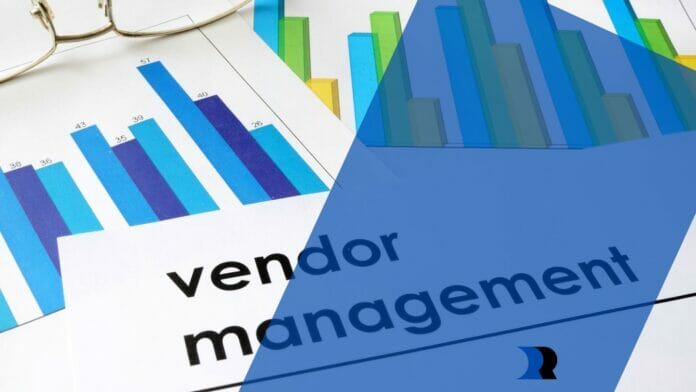In today’s business environment, companies are increasingly relying on third-party vendors to provide a wide range of services, from IT support and payroll processing to marketing and logistics. While outsourcing to third-party vendors can be a cost-effective way to access specialized skills and knowledge, it also introduces a range of risks that companies must manage. To help manage these risks, businesses should invest in a third-party vendor management system.
In this article, we will discuss the key features to consider when selecting vendor management software and explain why this investment is critical for your business.
Importance of Third-Party Vendor Management Systems
In today’s business world, vendors play a critical role in supporting a company’s core functions. They help businesses fill gaps in their capabilities, offer services that can reduce the cost of operations, and provide specialized expertise. The success of any vendor relationship is dependent on having a clear understanding of expectations, risk management, and performance management. As such, vendor management is a critical component of any company’s risk management strategy.
There are a variety of risks associated with managing third-party vendors. For example, vendors may not meet performance expectations, fail to meet deadlines, or expose the company to legal or regulatory risks. These risks can have a significant impact on a company’s bottom line and reputation. Effective third-party vendor management is essential for managing these risks. A good vendor management system can help companies track vendor performance, reduce the likelihood of contract disputes, and improve communication and collaboration between the vendor and the company.
Key Features to Consider
When selecting a third-party vendor management system, there are several key features to consider. These features include risk management, contract management, performance monitoring, and integration with existing systems.
Risk Management
One of the most important features to consider when selecting a third-party vendor management system is the ability to manage vendor risk. This includes identifying potential risks associated with vendors, evaluating vendors’ risk levels, and mitigating risks.

The system should enable companies to track vendors’ compliance with relevant regulations and policies, assess vendor cybersecurity risk, and provide a platform to ensure vendors are meeting security standards.
Contract Management
A good third-party vendor management system should offer contract management capabilities. This includes providing a centralized repository for vendor contracts, tracking contract expiration dates, and standardizing contract terms. These features make it easier for companies to manage contract renewals and revisions and ensure that vendors are meeting contractual obligations.
Performance Monitoring
Performance monitoring is another key feature to consider when selecting a third-party vendor management system. This includes establishing vendor performance metrics, tracking vendor performance, and reporting vendor performance to management. A good system should make it easy to monitor the performance of each vendor and ensure that they are meeting agreed-upon service level agreements.
Integration with Existing Systems
Finally, a good third-party vendor management system should integrate with existing systems. This includes compatibility with existing software and hardware, streamlined data sharing with other systems, and minimized data duplication. An integrated system helps to reduce the risk of errors and improves the efficiency of vendor management processes.
Elements of an Effective Third-Party Vendor Management System
In addition to the key features discussed above, an effective third-party vendor management system should also be characterized by automation, scalability, and user-friendliness.
Automation
One of the most significant benefits of a good third-party vendor management system is automation. Automation can reduce manual work, accelerate vendor management processes, and improve the accuracy of data.

Automation can streamline the vendor onboarding process, reduce the need for manual reporting, and increase the accuracy of data used to track vendor performance.
Be sure to research available options to automate vendor risk management before you buy.
Scalability
A good third-party vendor management system should be scalable. This means it should be able to grow with the business, support a large number of vendors, and adapt to changing business needs. Scalability enables companies to maintain control of vendor relationships as their businesses expand and diversify. It can also help companies manage vendor risk by providing greater oversight and control of vendor relationships.
User-Friendliness
Finally, a good third-party vendor management system should be user-friendly. The system should have a simple and intuitive user interface that is easy to use and understand. The information contained in the system should be easy to access, and the system should be supported by user training and support. A user-friendly system can help ensure that vendors are managed effectively and reduce the risk of errors or misunderstandings that can lead to disputes or compliance issues.
A good third-party vendor management system is critical for any business that works with third-party vendors. Such a system can help companies manage vendor risk, track vendor performance, and ensure compliance with relevant regulations and policies. When selecting a vendor management system, companies should consider key features like risk management, contract management, performance monitoring, and integration with existing systems. The system should also be characterized by automation, scalability, and user-friendliness. By investing in a good third-party vendor management system, companies can reduce the risk of vendor-related issues, improve their bottom line, and protect their reputation.


